Cameras Reveal the Secret Lives of a Mountain Lion Family – Sharon Negri (2013)
Mountain lions were once thought to be solitary animals. They are feared and hunted by humans. New footage captured by motion-triggered cameras in secluded areas deep in the Wyoming Wind River range shows a mountain lion family and the animals’ previously unknown social bonds. In this short documentary produced by WildFutures, we also learn about how hard it can be to be a mountain lion. They face an increasing loss of habitat, harsh winters, trophy hunters and even predators. Like […]

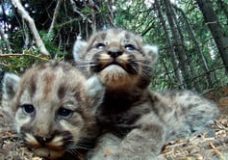


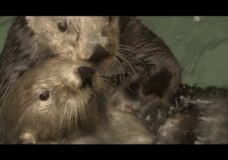
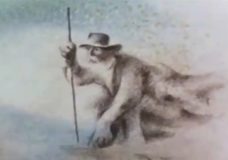
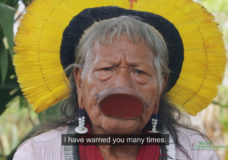

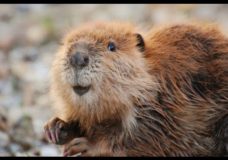

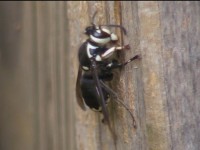

Recent Comments